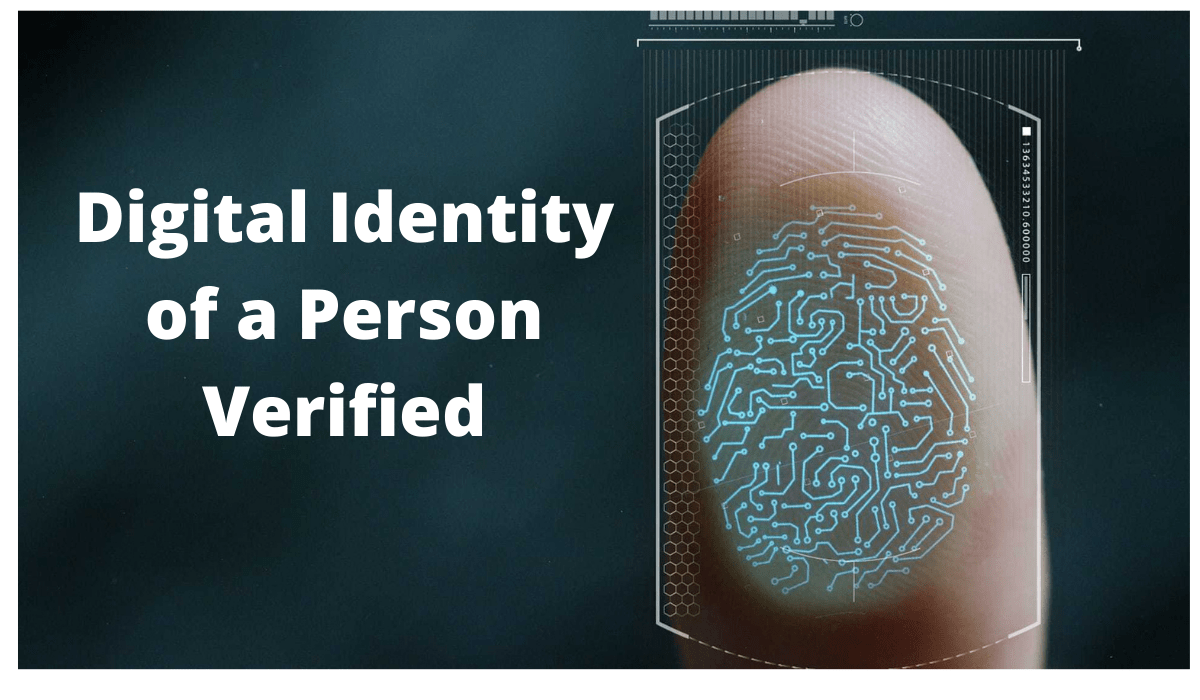
We operate more and more over the internet, but at the same time, we are also more concerned about the security of our data.
Transactions are getting easier, more comfortable. We introduce our name, email, credit card and shipping information, and order placed. But, how does a company know that we are who we say we are? Is it really that easy to impersonate our identity and impersonate us?
The fact is that, although identity fraud is still a very real problem for individuals and businesses, id verification and online fraud prevention techniques are becoming more sophisticated by the day. In a very summarized way, and without going into details so as not to give ideas to possible scammers, these are some of the techniques that in combination are used to verify the identity of a person on the internet.
Identification document
When an identity document is authenticated, two factors are validated. First, that the document is authentic and not a forgery. Second, that it corresponds to the real identity of a person, that this is who it claims to be (that it exists, that it is alive and that it is who the document represents).
- Authentication of document security measures, such as details inserted with ultraviolet or infrared inks.
- Reading of all data fields, from first name and surname to OCR-B characters.
- Verification of data in official databases, to verify that they have not been falsified or stolen.
Physical identity
- An essential step in the process is to verify the physical identity of the person, that is, to know who is really on the other side of the operation or transaction that is being carried out.
- Biometric facial recognition, with a selfie. It is a quick and easy step for the user. In addition, new technologies allow a much more reliable verification than visual recognition performed by a person.
- Comparison of the selfie with the photo in the document. With a reliability of more than 99%, it tells us if the person is the same as in the identification document.
- Proof of life or liveness to see if the person exists, that is, that for example it is not a photo of a photo.
Digital identity
The third step that is carried out is the connection between the digital identity and the real identity of the person. The algorithms that perform this verification are complex and sophisticated, and analyze, among other elements:
- They validate the telephone and email associated with the operation, that is, those provided by the user.
- They geolocate the user, to see if their movements are coherent.
- Their social networks (Social Network Analysis) are analyzed .
How long it takes?
Identity verification procedures are becoming faster and easier for the user to use. There are fully automatic solutions that allow you to carry out an onboarding process, or registering an online account, in less than 20 seconds.
Is it really reliable?
Today’s technological solutions are much more reliable than, for example, any manual verification. In the case of ICAR, the solution for identity verification has a reliability rate of 99.8%.
Benefits of digital identity verification
For the company, automatic identity verification technologies allow you to improve the user experience, since it allows you to make registrations and transactions much faster and easier. This dramatically reduces the abandonment of the onboarding process. On the other hand, it helps you reduce online fraud, a problem that generates losses of millions of euros every year in the financial sector.





